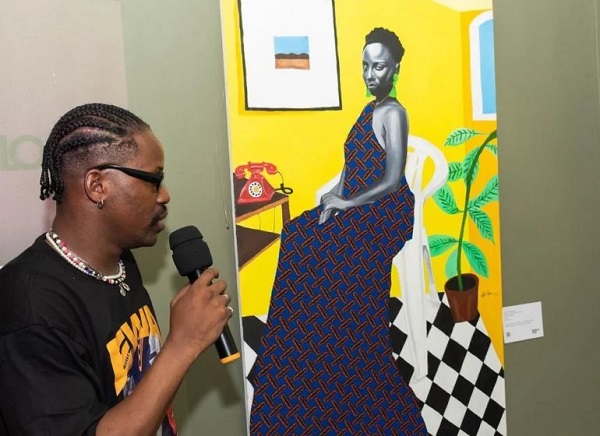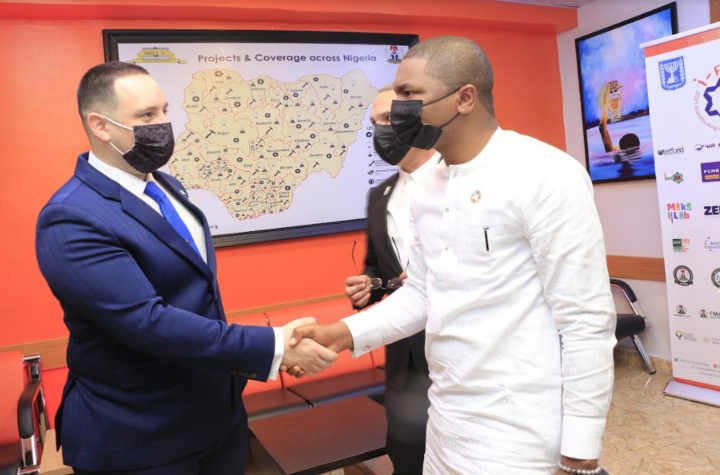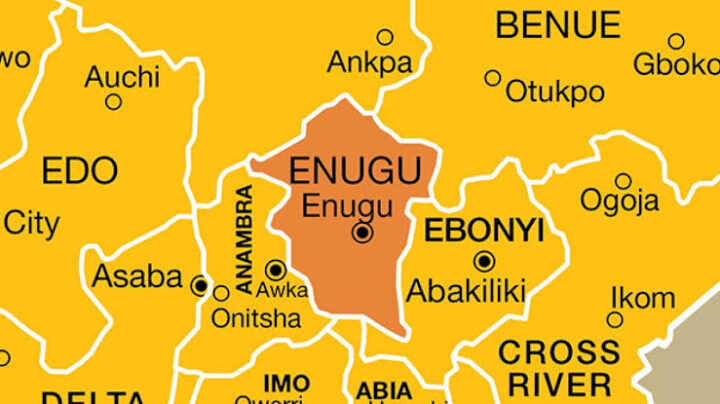What comes to mind when the social media is mentioned today goes beyond advertising, as conversations about what people consume has drastically changed. Today, the narration puts videos at the top of several digital content possibilities; however, newer challenges like what deepfake makes possible steers us all in the face. What is the future of advertising, and even more how should we position to co-create a future we can all be happy to live in.
Some conversation become marred through transferred aggression, which should not be an option, as some do, due to day-to-day stress. We will be examining Youtube, Twitter, and Facebook; and how they have grown so rapidly by acquisition (not just raising funds). This piece reveals some interesting numbers around the Social Media space like monthly visits, user base, acquisitions and funding among other engagements made by humans, robots and hubotsTM.
Facebook, now Meta (www.meta.com) – raised a total of $16.1b in over 16 funding rounds. Their latest funding was raised on 20 October 2014 from a Post-IPO Equity round), based in Menlo Park, California, USA, is a social technology company that enables people to connect, find communities, and grow businesses. As simple as that may sound for notes, Meta hosts over 2.91 billion users, which represents about half of the world population (now over 7.9b in 2021). I smile when politicians gun for lifetime presidency of countries in Africa, with way smaller populations and sincerely think tech-driven business is a better option when such desires are to be expressed. Imagine a 37 years old young man, that presides over 2.91b unique beings with a monthly visit of over 11.7b people (they host all of humanity about twice every month). They also own WhatsApp, a 2b users app (with about 400m in India alone) platform that provides messaging services to individuals and organizations across the world. For Meta (Facebook), I believe the strong sustain is valuable service; as they help humans capture moments and re-live past experiences. Interesting enough, they make so much in revenue (up to 85.96 billion USD, 2020) despite the fact that they really never openly ask us to buy anything on their platforms. And like most other super successful organizations, value for humanity lies at the core of what they represent. Meta has acquired 93 organizations with their most recent acquisition being Within (a Virtual Reality and Augmented Reality company) on Oct 29, 2021. Acquisitions reveal the direction in which a company is going and its potential competition. Meta is one of the biggest social media platforms in the world, and one of the first to provide advertising options to businesses. They are redefining what we consume and how we live our lives. Why I particularly love the model of not putting products sales at the fore, is that every single visitor (customer or client) is happy. Each engages at the level they want to, rather than force everyone into one mold. This is what communities are made of, and why Meta is a top-of-the-mind in that category. To date, Meta remains the largest singular home of humans (inclusive of robots and hubotsTM).
YouTube (owned by Google – raised a total of $36.1m in over 4 funding rounds. Their latest funding was raised on June 1, 2000). Google is a multinational corporation that specializes in Internet-related services and products, located in Mountain View, California, USA. Ever wondered why Cali (as its fondly called) has remained top of the mind? Now you know the answer – entrepreneurs made it so! Google has acquired 249 organizations with their most recent acquisition being Tempow on Nov 17, 2021. Acquisition is actually one of the fastest ways to jumpstart the creation of value. YouTube has over 2.291 billion users on their platform and its parent company, Google, hosts a combined monthly visit of over 45.8b people (now that’s a whooping 1.5b people coming to your house daily – and the whole world visiting every 5 days – wow!). These numbers are interesting and beam the searchlight on technology at such a time as this. Hence, why I tell organizations and governments for which I consult to deliberately position with simple tech tools that make a world of difference to their target’s experience. And Yes, that the new oil is DATA.
Advertisement
Twitter (www.twitter.com – has raised a total of $1.5b in over 18 funding rounds with their latest funding raised on March 1, 2021 from a Post-IPO Equity round) is a social networking platform that allows its users to send and read micro-blogs of up to 280-characters known as tweets. They are also located in California, USA – San Francisco, to be specific. The intellectual property of Twitter includes 1,178 registered patents primarily in the Computing – Calculating category, according to IPqwery.com. Additionally, they have registered 127 trademarks with the most popular class being Scientific and technology services. Twitter host 2.5b visitors every month with 211m active user base. Now that is about the size of the Nigerian population of 206.1m people.
Moreover, it is Interesting how these numbers work, and you bet they are all speaking volumes to the informed minds. How can local entrepreneurs in Nigeria dream of and create value centers like Meta and Twitter? Raise money, if you must; sign agreements, where the need arises; acquire organizations and countries, where that serves your purpose – we need to do what we can to redefine the value market in Nigeria and it remains a green (pure virgin) space, where a very passionate people-culture yearns for more. How can we co-create for a better value experience to realize the Nigeria of our dreams? The foregoing is definitely not without challenges, some of which include cyber-aggression and what deepfake is making possible.
Cyber-aggression has been studied in various contexts and online social platforms, and modeled on different data using state-of-the-art machine and deep learning algorithms to enable automatic detection and blocking of this behavior. Users can be influenced to act aggressively or even bully others because of elevated toxicity and aggression in their own (online) social circle. In effect, this behavior can propagate from one user and neighborhood to another, and therefore, spread in the network. This inducement is often easily triggered through video contents. However, deepfake is a portmanteau of “deep learning” and “fake”, in which a person in an existing image or video is neatly replaced with some completely different person’s likeness. Although the act of faking content is not new, deepfakes make use of powerful techniques from machine leaning and artificial intelligence to manipulate or generate visual and audio content with a high potential to deceive. The core machine learning methods used to create deepfakes are premised on deep learning and involve training generative neural network architectures, such as auto-encoders or generative adversarial networks (GANs). It has become more difficult to admit video and picture evidences in court today. The social media is filled with all kinds of deepfakes just so people can make you believe what they want you to imagine and act on. We (individuals, governments and organizations) all need to be aware and be more patient to arrive at conclusions on issues or trending conversations. It is a world of make believe on the social media space, with video churn-out rates at an astronomical high; hence, tech-parenting becomes of very high necessity to raise more productive adults.
Advertisement
Adults are consuming more freshly served videos today than ever imaginable in all of human history. Statistics reveal that by 2022, online videos will make up more than 82% of all consumer internet traffic (now that’s 15 times higher than it was in 2017 – Cisco). In fact, January 2018 shows 85% of all internet users in the United States watched online video content monthly on any of their devices – Statista, 2018. Moreover, marketers who use video grow revenue 49% faster than non-video users according to WordStream. All these numbers let us know why the future of advertising will be videos – live streaming videos most likely.
I like to conclude by saying that the future of advertising is YOU, because every single thing is coming to where YOU are. The banks, advertising, agribusinesses, health, self-driving cars, restaurants, you-name-it, are all coming to where YOU are. To think business today for the future is to imagine – “When everything has come to ME, where will this organization (or government) be?” Everything we know is converging into one single unit – think of Cryptocurrency, FinTech, AgriTech, PropTech, HealthTech, Big Data, Programming Languages and Human Languages. They are are all being converted into one to suit YOU. Imagine wearing a hubotTM that interprets over 100 languages and translates to your preferred language while you’re in a conversation with another human, robot or hubotTM. All these reveal that the future of advertising is where the human is going. Can you make your streaming video advertising go with humanity – on their dress, face-cap, wrist watches, shoes, mobile phones and more? Can you think in terms of mobile agents providing information about your products and services to other mobile agents? To think billboards, TV or newspaper alone is to be limited to the reach of such platforms. However, when human agencies are at the center of the distribution, then new engagements are realized. What is the future of advertising; and will more innovations come out of what we currently know? The obvious response is YES, so I urge you to keep thinking of how to solve problems for humanity (locally and across the globe) and to innovate around existing solutions for better user experiences.
I remain open to conversations that further on the foregoing and thank you for your time investment, yours in tech, Olufemi Ariyo.
Advertisement
Add a comment





